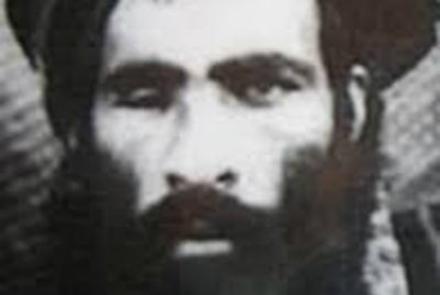The Afghan government on Monday rejected a report which says Mullah Omar, Taliban’s founding leader, had lived near a US base in Afghanistan before he died.
The report which quotes “Searching for an Enemy”, by Dutch journalist Bette Dam, says that Mullah Omar lived within walking distance of US bases in Afghanistan for years.
US and Afghan leaders believed the Taliban leader fled to and eventually died in Pakistan. However, the new book says Omar was living just three miles from a major US Forward Operating Base in Zabul province, where he died in 2013.
The Dutch journalist Bette Dam says in the book that the Taliban chief lived as a virtual hermit, refusing visits from his family and filling notebooks with jottings in an imaginary language.
Dam spent more than five years researching the book and interviewed Jabbar Omari, Omar’s bodyguard who hid and protected him after the Taliban regime was overthrown.
The author spent years reporting in Afghanistan and also wrote an earlier book about former Afghan President Hamid Karzai.
Following the 9/11 attacks in 2001 which led to the fall of the Taliban, the US put a $10 million bounty on Omar and he went into hiding in a small compound in the regional capital Qalat, Dam writes.
The family living at the compound were not told of the identity of their mystery guest, but US forces twice almost found him.
At one point, a US patrol approached as Omar and Omari were in the courtyard. Alarmed, the two men ducked behind a wood pile, but the soldiers passed without entering.
A second time, US troops even searched the house but did not uncover the concealed entrance to his secret room.
Omar decided to move when the US started building Forward Operating Base Lagman in 2004, just a few hundred meters from his hideout.
He later moved to a second building but soon afterwards the Pentagon constructed Forward Operating Base Wolverine -- home to 1,000 US troops, and where American and British special forces were sometimes based -- close by.
He dared not move again, Dam says, rarely even going outside and often hiding in tunnels when US planes flew over.
Though he listened to the BBC’s evening Pashto-language news broadcasts, even when he learned about the death of al-Qaeda leader Osama Bin Laden Omar rarely commented on the outside world, the book says.
The book goes on to claim that Omar became ill in 2013, did not see a doctor and refused to travel to Pakistan for treatment, later dying in Zabul.
“We strongly reject this delusional claim and we see it as an effort to create and build an identity for the Taliban and their foreign backers,” President Ghani's spokesman Haroon Chakhansuri said. “We have sufficient evidence which shows he (Mullah Omar) lived and died in Pakistan.”

